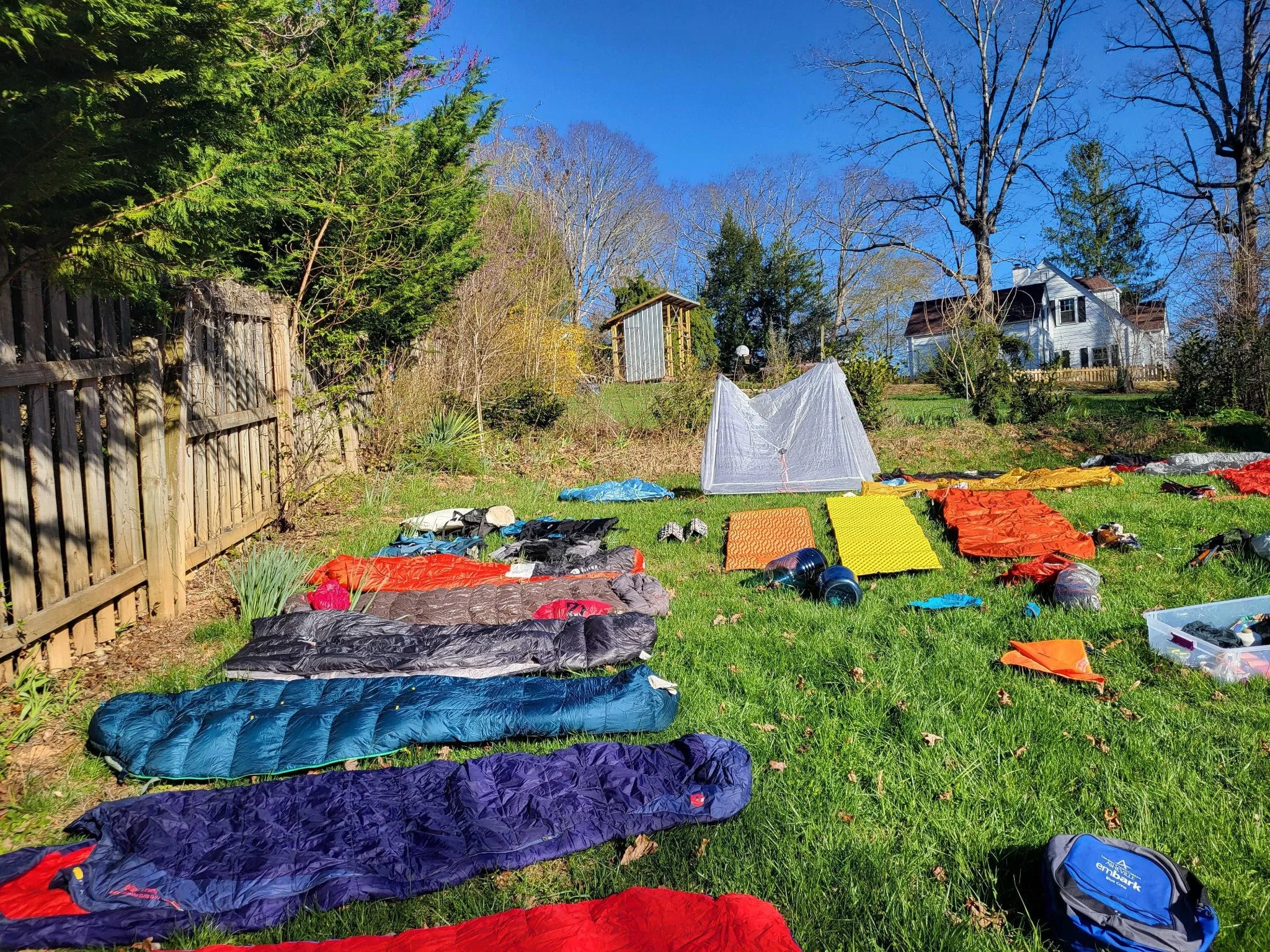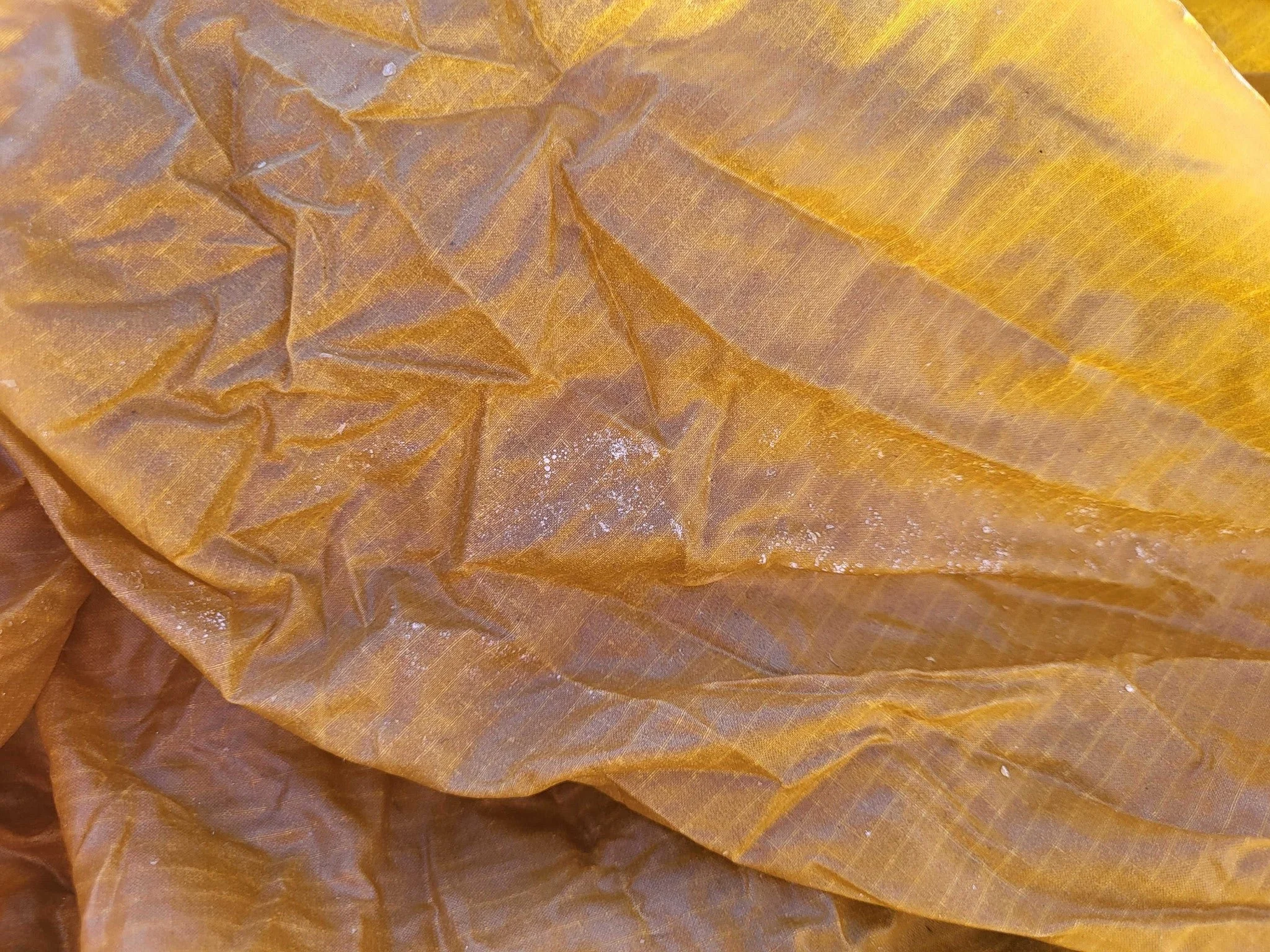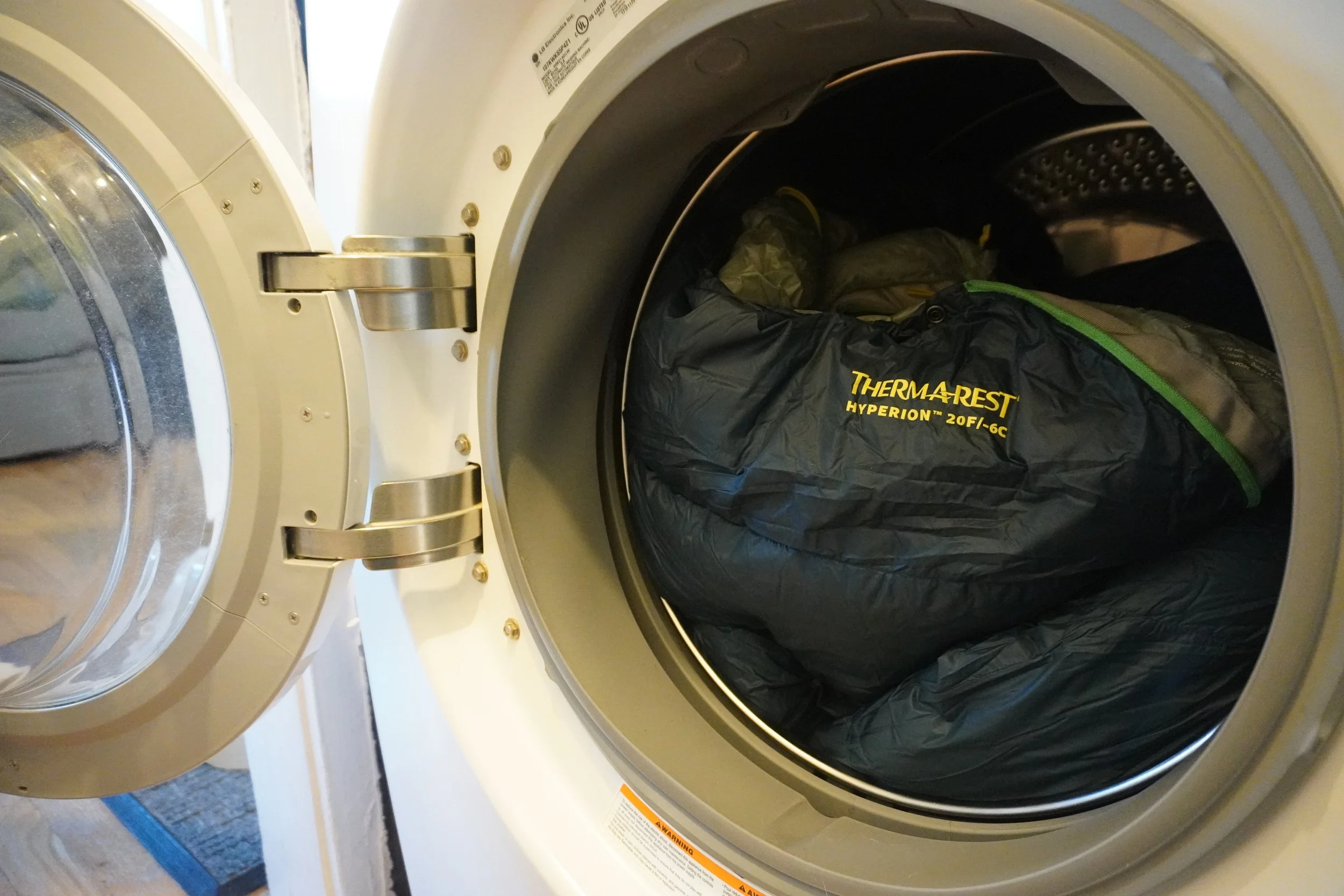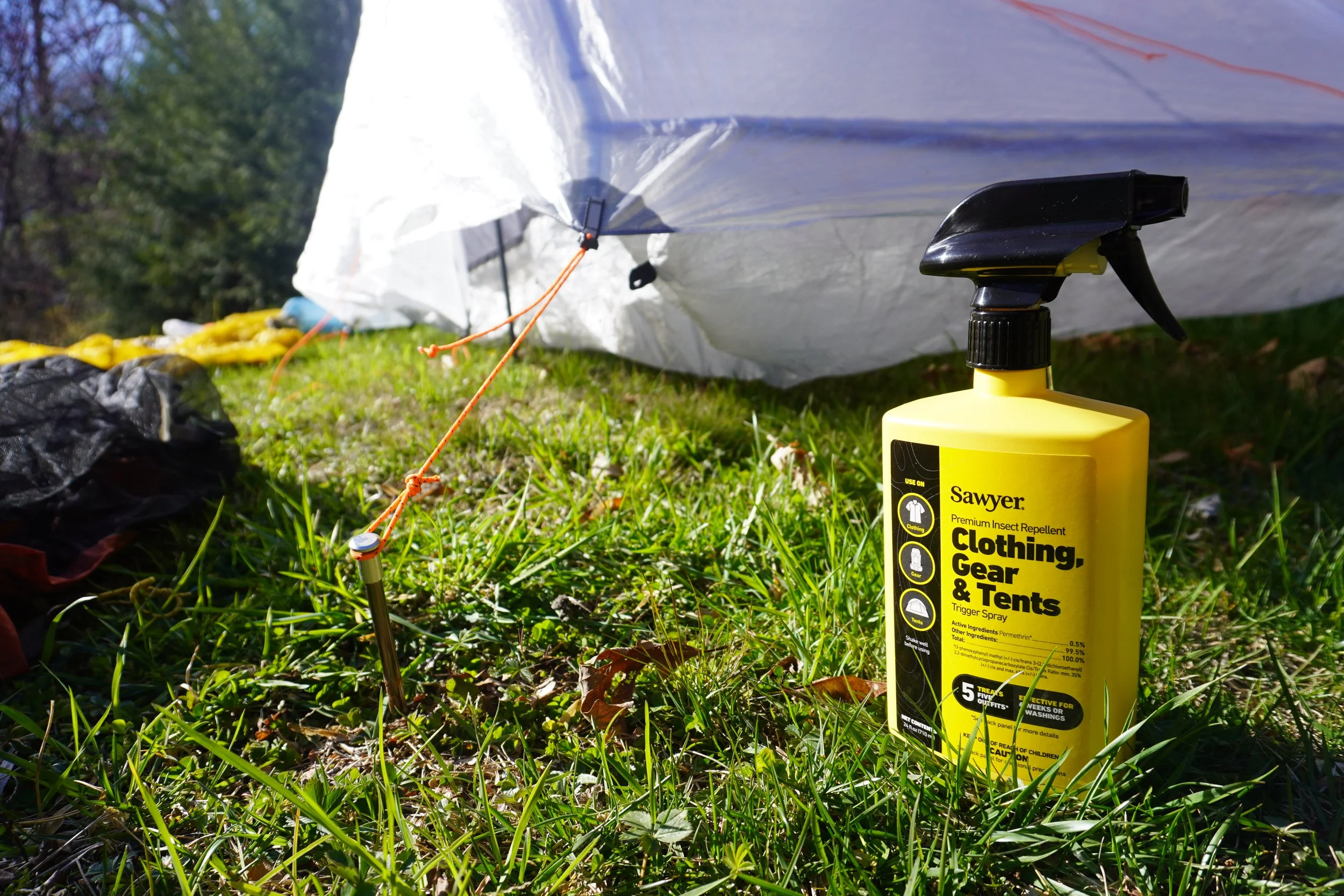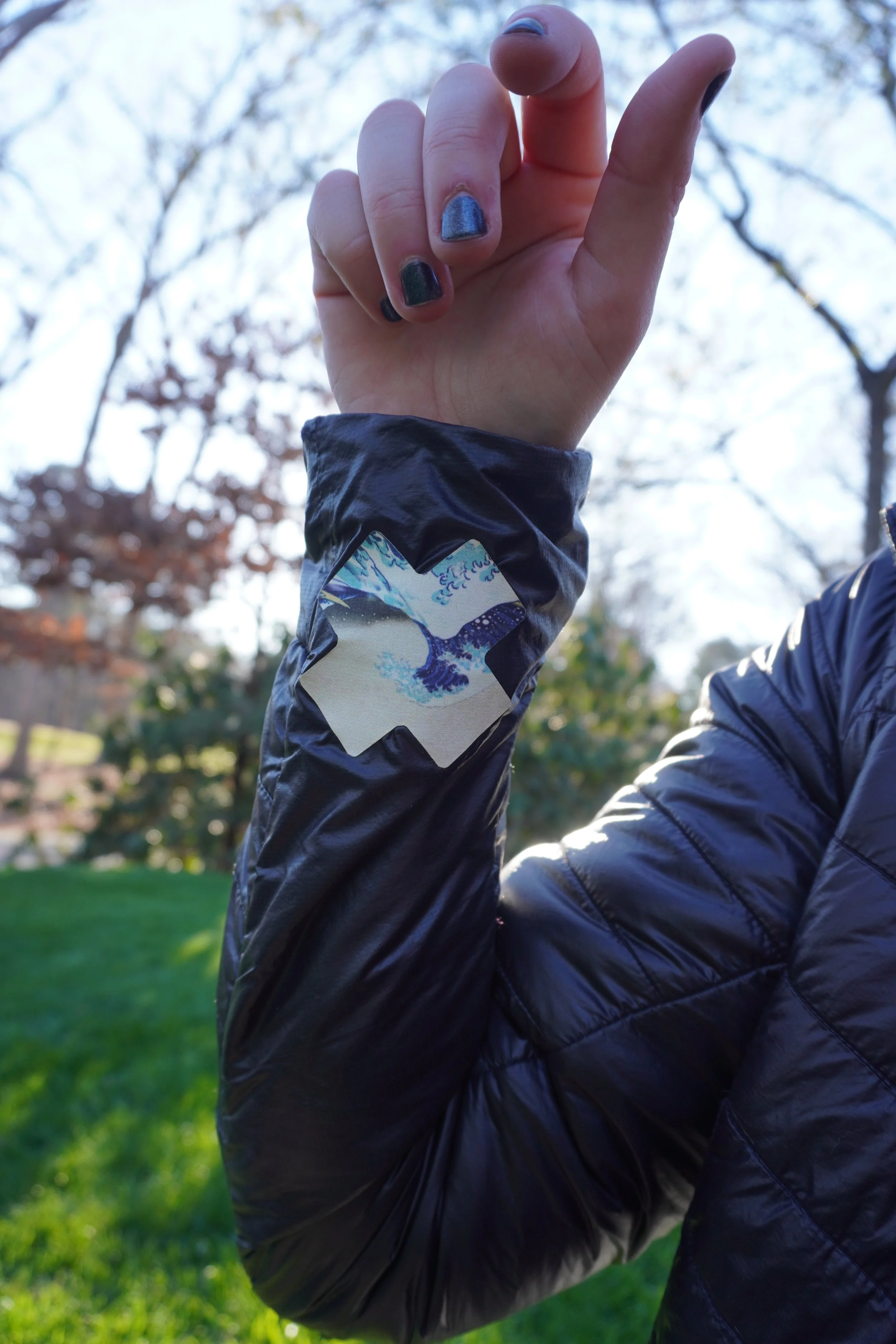Camp Chores: Spring Cleaning Edition
Note: This article was originally published on Appalachian Gear Co and can be found at the link here.
We know it’s nostalgic to catch a whiff of all of last season’s adventures when you crack the door to your gear closet, but there are plenty of reasons spring cleaning should extend to this petri dish of unforgettable smells and stains. Regular maintenance will ensure you and your kit are in top shape to take on your next trail and promote longevity and peak performance of your gear for years to come. So, get ready to fluff, backwash, and scrub your way through the weather that’s keeping you indoors with this guide to getting your gear in shape for spring hiking season.
NOTE: PLEASE FULLY READ MANUFACTURER’S DIRECTIONS ON ANY TREATMENTS MENTIONED BELOW AND OBSERVE SAFETY INSTRUCTIONS WHILE USING.
LET IT ALL HANG OUT
You deserve a breath of fresh air, and so does your gear. Additionally, fully unpacking and laying eyes on every piece in your kit is an opportunity to learn from your past mistakes and prepare for your next adventure. Ask yourself as you make your way through your gear whether each piece is functioning as you’d like and is worth the weight in the long run. Hang gear that you’ll be treating either with insect repellent or waterproofing, set aside your sleeping bag and water filter for some extra TLC, and read on for the low down on the next steps for spring cleaning your gear closet.
REGULAR MAINTENANCE FOR BACKCOUNTRY STAPLES
Scrubbing Central - For most things in your backpacking kit, a cloth or sponge with mild, non-detergent soap and elbow grease is a convenient and effective way to make your gear shine like new. Include things like your kitchen kit, inflatable pillow and sleeping pad, and pack in the round-up, just be sure any valves are closed before beginning and open upon drying. If mold or mildew is present, use a product like Revivex Odor Eliminator to stop it in its tracks. Make sure everything is fully dry before wrapping up, or you’ll have an unwelcome surprise the next time you crack open your camping closet.
Down and Synthetic Sleeping Bags - Wash down sleeping bags with a down wash by hand in a bathtub, front-loaded washing machine, or top-loader without a central agitator to ensure you don’t rip the shell out of the bag. There are many strategies for drying down, but what’s important is to break up clumps and to dry gently with low to no heat. Be patient - thorough drying can take up to a few days to achieve depending on your technique. Check out this Reddit post for different methods and additional tips.
For synthetic bags, use a technical wash in a front-loaded washing machine or top-loader without an agitator. For both down and synthetic bags it’s important to make sure all the suds are out of your bag before beginning the drying process.
TIP FOR FUTURE ADVENTURES: USE A SLEEPING BAG LINER TO KEEP A WASHER-FRIENDLY BARRIER BETWEEN THE DIRT AND OILS OF YOUR BODY AND THE INTERIOR OF YOUR BAG.
Water Filter - Gravity filters, water bladders, squeeze systems, OH MY! No matter what you use to filter your water, regular maintenance ensures your system is operating at peak performance to keep you safe and hydrated on trail. Backflushing is unique to the system you’re using, so make sure you’re following instructions so you don’t damage or compromise your filter in the process.
PRE-SEASON TREATMENTS TO LEVEL UP YOUR BACKCOUNTRY GAME
Insect Repellents - Did you know you can pre-treat your gear with long-lasting insect repellent before heading into the backcountry? Spray your gear and clothing with permethrin to keep ticks, mosquitoes, and other bugs at bay for up to six weeks of UV exposure or six washes, whichever comes first. You may find you don’t need that direct-application 100% DEET after all!
Waterproofing - If you’re confident you’ve got the perfect gear in your kit but could use extra help staying dry, consider using a wash-in or spray-on durable water repellent (DWR) on shell jackets, pants, and more. Additionally, you can apply DWR or opt for a urethane coating refresh to the bottom and inner rain fly of your tent if you notice any flaking of the original treatment. Seam sealer is also a good option for taking on those pesky leaks.
ADDRESSING BROKEN GEAR
In the DIY spirit of this article, there are several simple solutions to repairable issues that you may encounter across your adventures. Here are a few of the most common gear issues that campers face.
If you encounter a rip or tear in your tent or puffy jackets, there’s plenty of fixes out there. More mainstream solutions include tenacious tape or a clothing patch like noso. If a hiker-trash innovation is more your style, perhaps the duct tape that’s been wrapped around your trekking pole has tempted you for far too long.
If your inflatable sleeping pad or pillow has sprung a leak, you’ll need to locate it first. Listen for the hiss of air or use the “tub test” by submerging your inflated item in water and looking for escaping air bubbles. While hiker-trash solutions are typically welcome, this is one place you’ll want to leave the innovations at home and stick with the provided repair kit. An air-tight seal is important and things like duct tape or tent/jacket repair patches might jeopardize your good night’s sleep.
If you encounter a repair that takes more technical skill to fix, stores like Rugged Thread, Rainy Pass, and Boulder Mountain Repair are all stellar places to send your outdoor gear repairs, but it’s important to note that most places will require your gear to be clean prior to being serviced.
WHAT OTHER TIPS AND TRICKS DO YOU HAVE FOR FOLKS TAKING ON THEIR PRE-SEASON CAMP CHORES? LET US KNOW IN THE COMMENTS BELOW!


